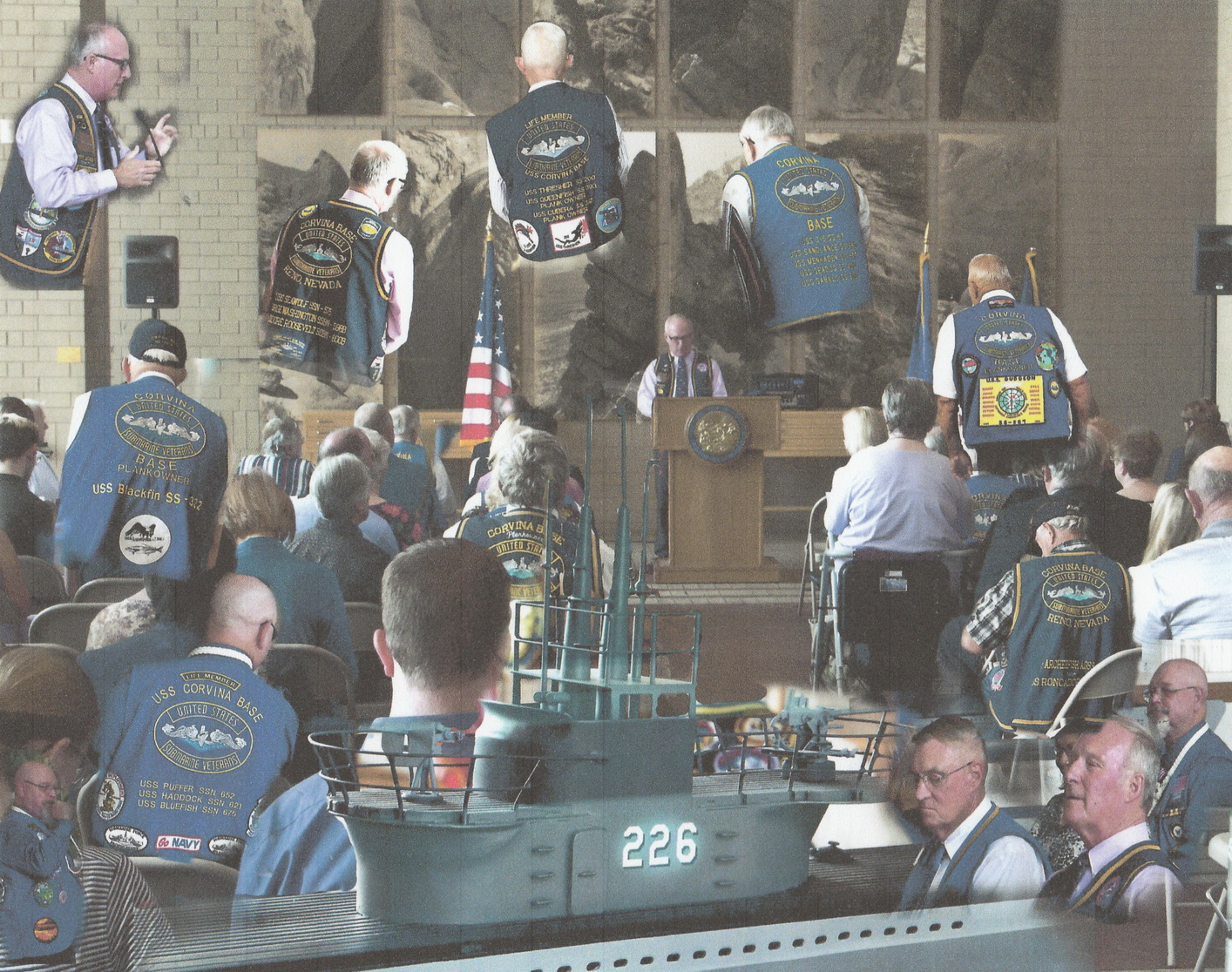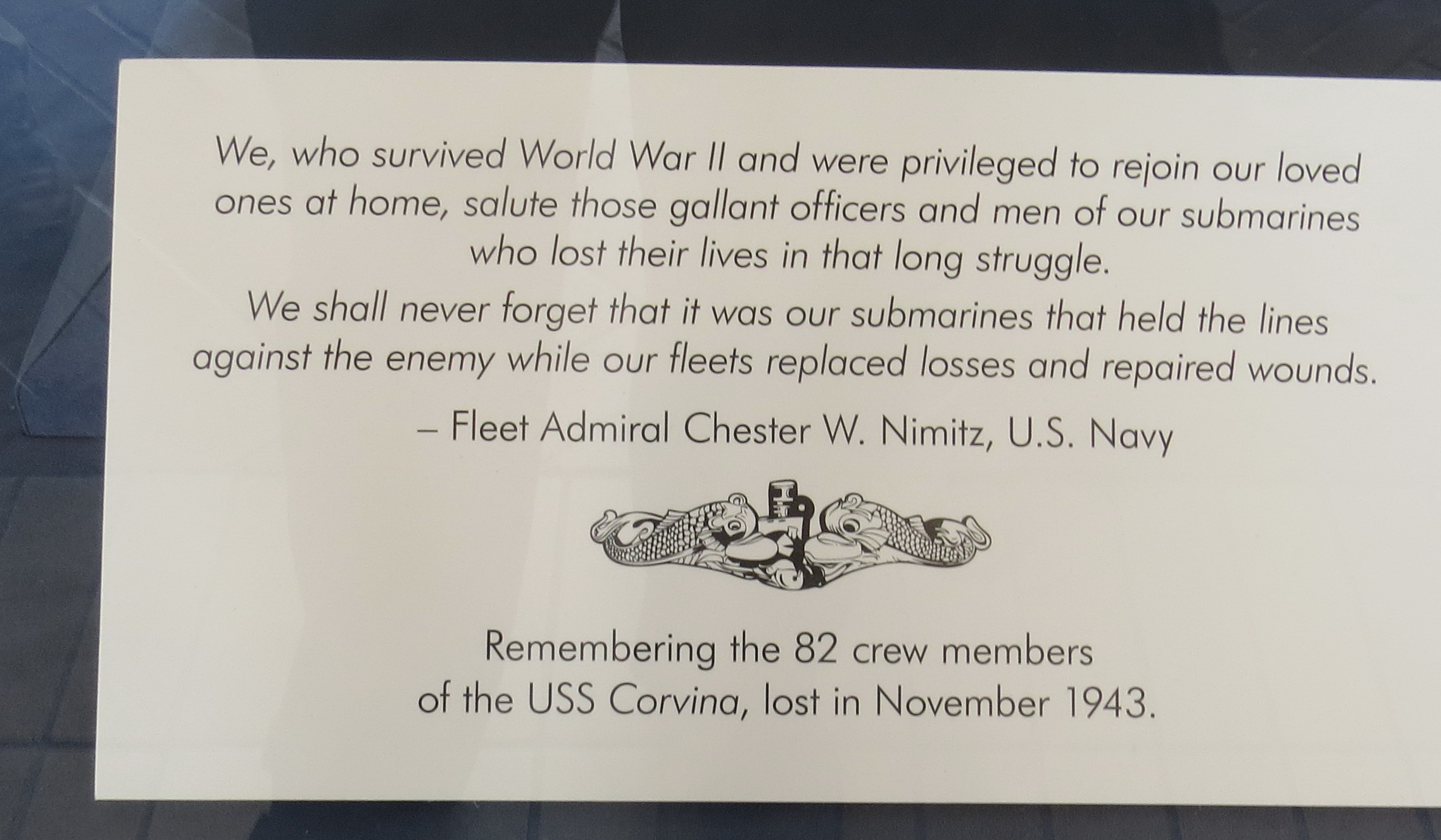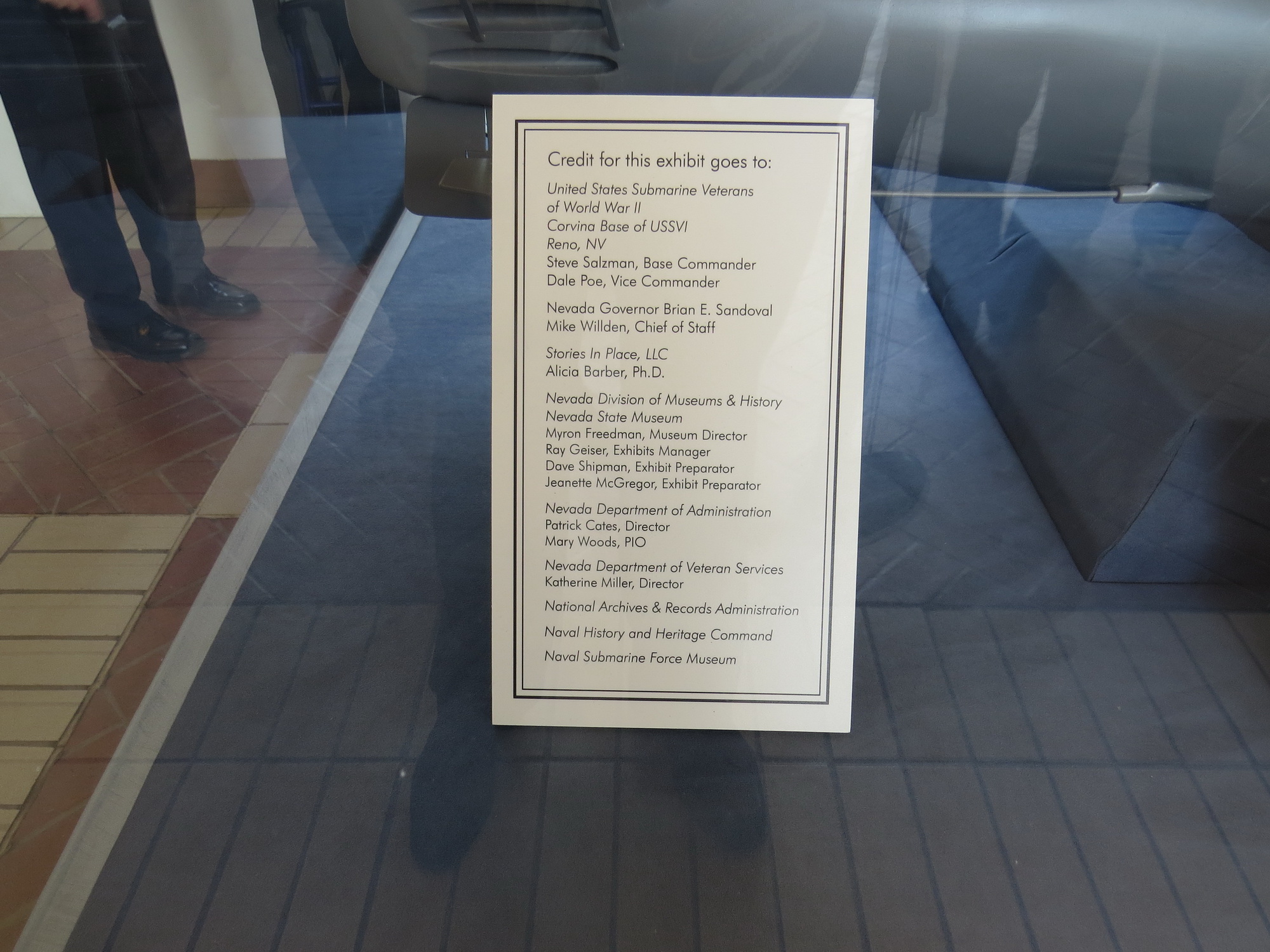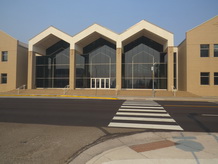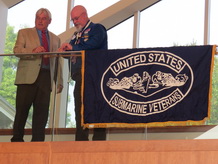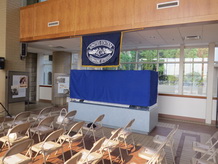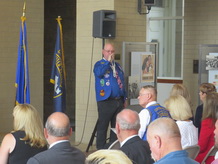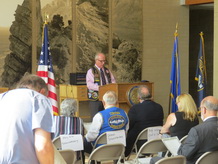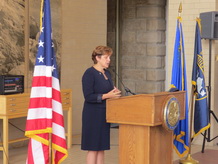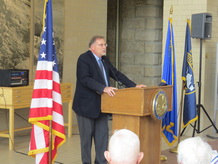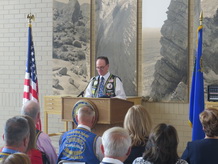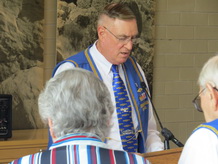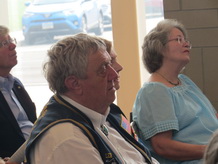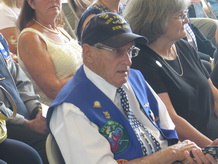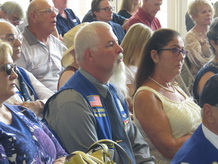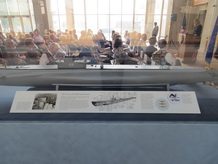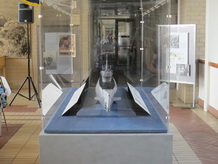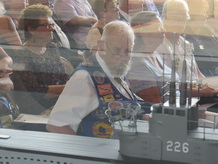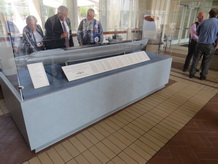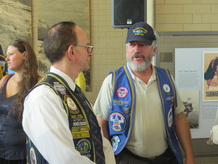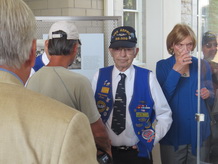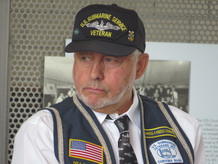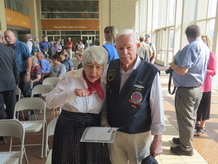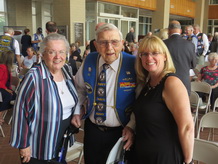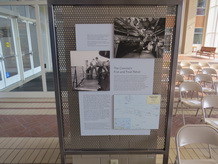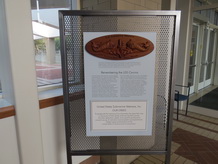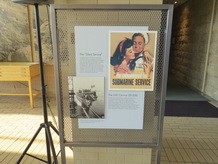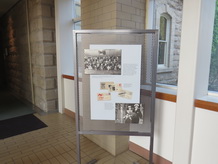
Corvina Memorial
Carson City, NV
Corvina Base, Reno, Nevada, unveils new memorial to the U.S.S Corvina (SS226) and all WWII Lost Boats
On August 6, 2018, Corvina Base, Reno, NV, unveiled a new memorial to the U.S.S Corvina (SS226). With the support of the State of Nevada’s Office of the Governor, the Department of Veterans Services and the Division of Museums and Culture, the memorial was developed to commemorate the officers and men of the Corvina, one of the 52 U. S. submarines lost during WWII, and all of the WWII submariners who paid the supreme sacrifice to defend our Nation.
The U.S.S. Corvina (SS226) was assigned to the State of Nevada by the USSVWWII in the 1960’s. Stephen Salzman, Corvina Base Commander and master of ceremonies, recounted the history of the U.S.S. Corvina (SS226), a Gato-class fleet submarine: Her keel was laid by Electric Boat Co. of Groton, Connecticut on September 21, 1942: She was launched on May 9, 1943 (sponsored by Mrs. LaRene P. Christie, wife of Rear Admiral Ralph. W. Christie, commander of submarine operations in Fremantle, Australia), and commissioned on August 6, 1943, with Commander Roderick S. Rooney (Class of 1929) in command. Clearing New London, Connecticut, on September 18, 1943, she arrived in Pearl Harbor on October 14.
Corvina left the relative safety of Pearl Harbor on November 4, and arrived at Johnson Atoll two days later. Her first war patrol assignment was a dangerous one. She and nine other submarines had been ordered to take stations to the northwest of Tarawa during Operation Galvanic, the American invasion of the Gilbert Islands. The Corvina, the U.S.S. Thresher (SS200) and the U.S.S Apogon (SS308), along with two Brisbane –based boats, the U.S.S Blackfish (SS211) and the U.S.S Drum (SS228), were assigned to the area south of the Japanese stronghold at Truk Atoll.
After topping off her fuel tanks, Corvina departed Johnson Atoll for her assigned patrol area. Lieutenant Commander William Kinsella, Executive Officer of the U.S.S Blackfish, recalled the key events as follows: “We were south of Truk with Drum and Corvina when we got an Ultra stating that Japanese submarine was coming through the area. We were supposed to rendezvous with Drum and Corvina.
Just after sunset we got into position where this Japanese submarine was supposed to pop up and sure enough, just at sunset, while we were submerged, it surfaced just to the south of us, not more than 5,000 yards away. It was starting to get dark; we really could not see through the periscope well enough to ascertain that it was a Japanese submarine. Remembering that Drum and Corvina were in the vicinity we elected not to shoot… as it turned out, we later established contact with Drum and determined it was not him. It was Japanese. We never did see Corvina again…the Jap sub got her.” The Corvina was never heard from again.
Japanese records examined after the war indicated that the IJN submarine I-176 fired three torpedoes at a surfaced American submarine “causing a great explosion sound”. The Corvina thus became the only American submarine known to be sunk by as Japanese submarine during WWII. The final resting place for the Corvina and her crew is at the geographic position 05° 50’ N, 151° 10’ E.
Other speakers at the unveiling ceremony were Mike Willden, Chief of Staff to Nevada Governor Brian Sandoval, Kat Miller, Director, Nevada Department of Veterans Services, Pete Juhos, Commander, USSVI Western District 5, historian Alicia Barber, and Acting Corvina Base Chaplain, Terry Bolen.
The unveiling ceremony for the memorial was on the 75th anniversary of the commissioning of the Corvina and it is permanently on display at the Nevada State Library and Archive in Carson City, NV.
Click on photo for large image


